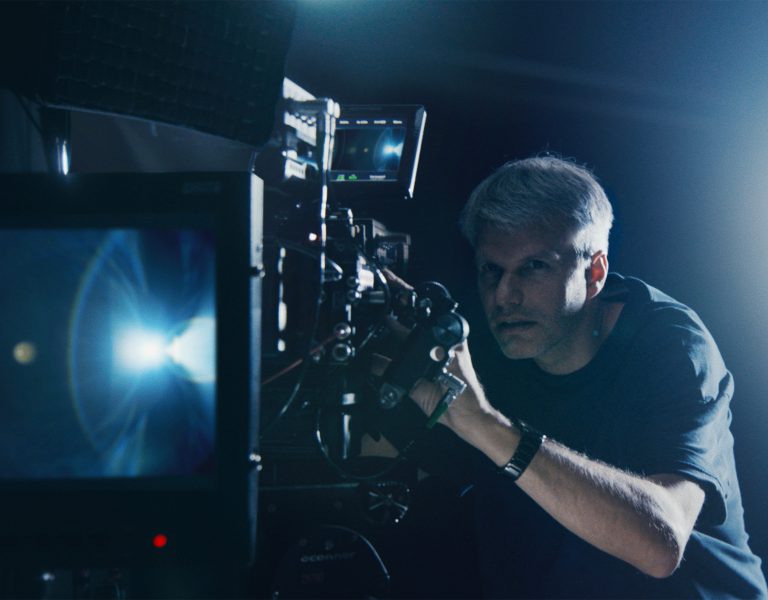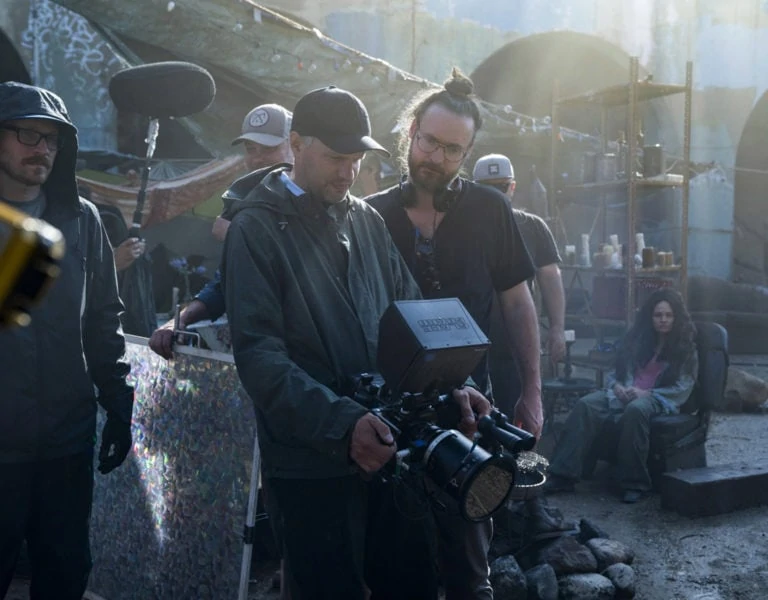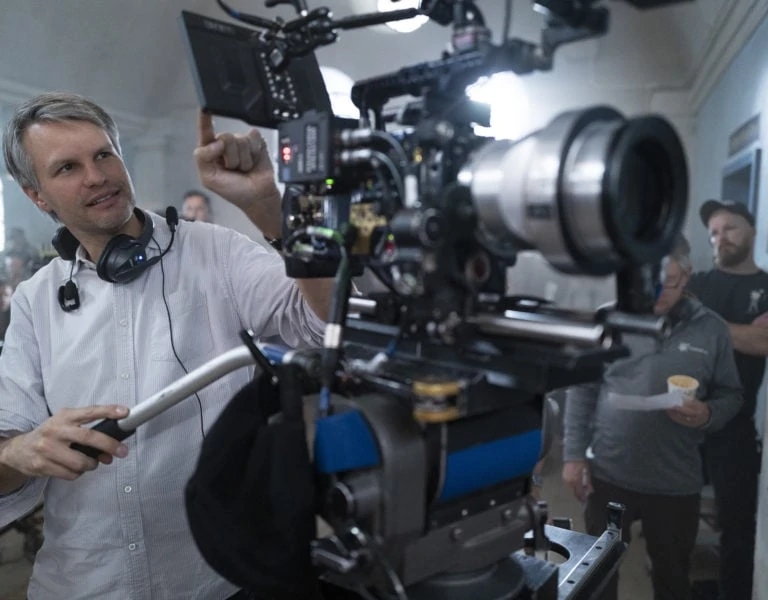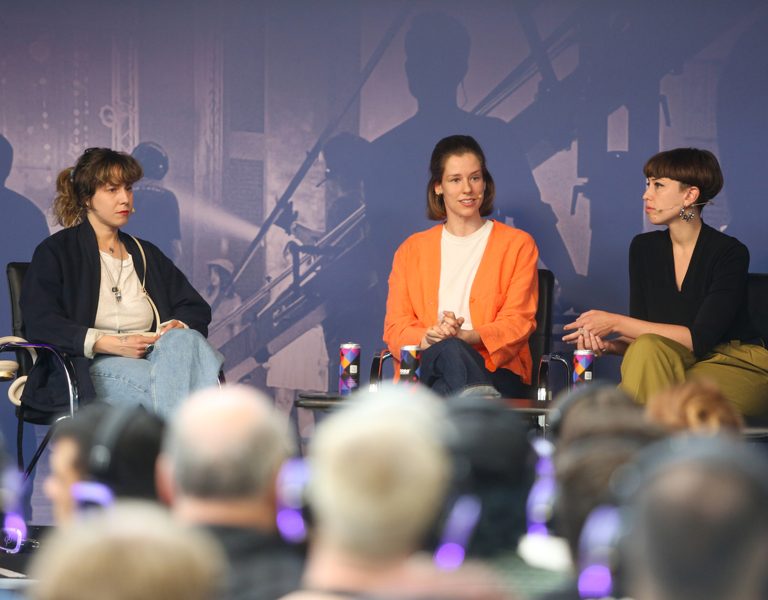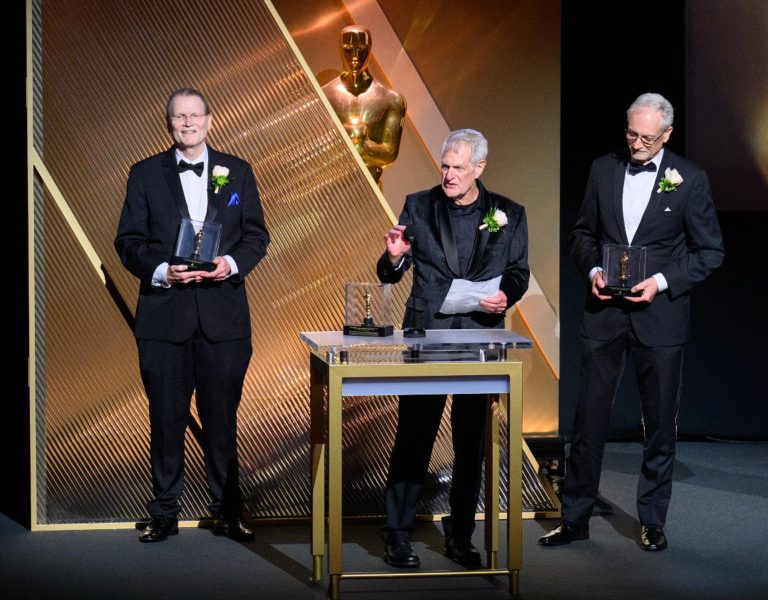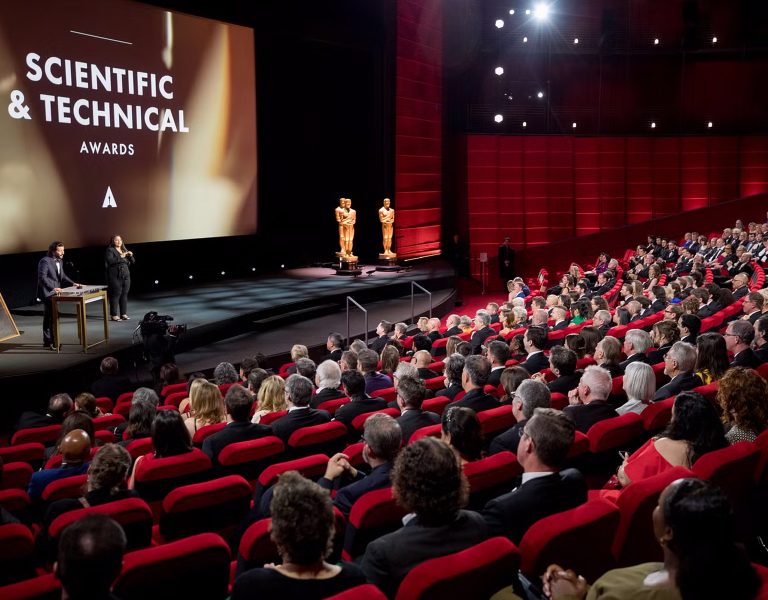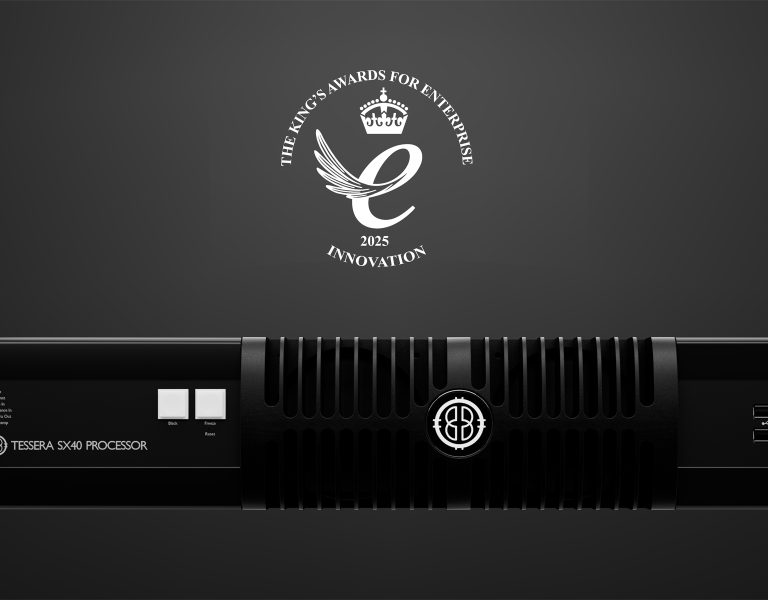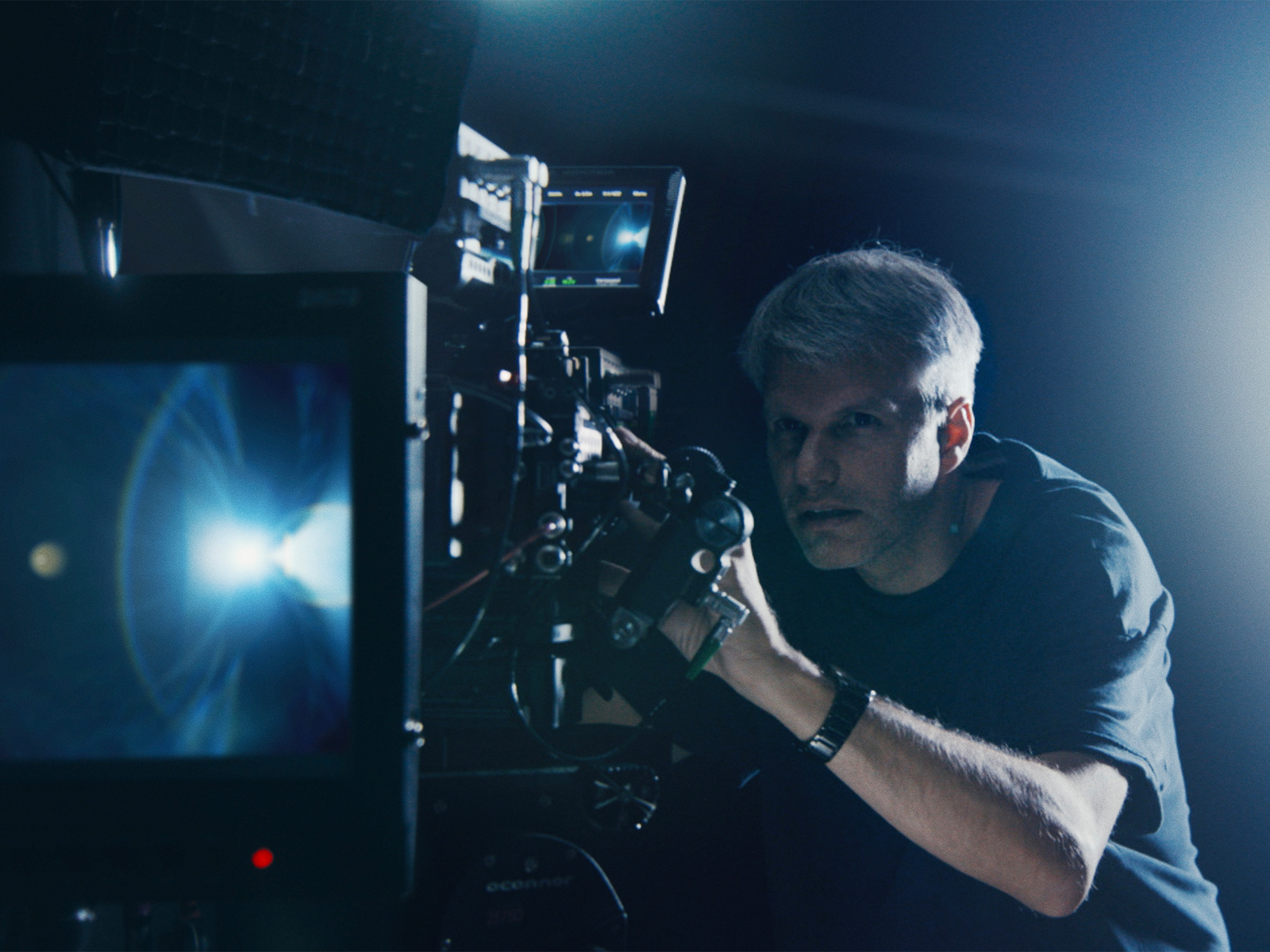
Summer 1972 marked just the second time the Olympics were televised live across the globe.
Little did anyone anticipate the unspeakable incident that what would unfold in Germany before the live cameras. During what we now call the “Munich Massacre,” terrorists from the Black September group broke into the Olympic village, taking multiple athletes hostage, with no one prepared for how the next 24 hours would unfold.
Undertaking this grim thriller director Tim Fehlbaum approached the story with cinematographer Markus Förderer ASC BVK. The filmmakers explore the events of September 1972 through the perspective of the ABC Sports News team who documented the unfolding tragedy live. An allegory for modern media’s sometimes ethically ambiguous or sometimes downright detrimental effect on events, the film authentically recreates the chilling episode. In addition to shooting at historically preserved locations on a variety of formats from 16mm film to Red V-Raptor, Förderer relied on Astera to realise some of the film’s trickiest lighting environments, especially ABC TV’s 1970s era Munich studio.
Early in preproduction the decision was made to recreate as much of the historic event leading up to the September 5, 1972 terrorist attack as possible. “Out of respect to the hostages, we decided not to use any actual footage of them,” explains Förderer. (One notable exception however is the unforgettable journalism of TV host Jim McKay whose real-life telecast is retained from the actual broadcasts.) The cinematographer painstakingly reviewed original photographs and historical videos, critically studying the lighting. “I take it as a compliment that many audiences cannot differentiate what is original footage from the actual archival materials,” he adds.
At the heart of the ABC Munich studio was the control room which featured a wall of video screens displaying feeds from multiple cameras. “My initial concept lighting-wise was inspired by that look of old CRT TV’s which always flicker a bit as a light source. I decided to focus on this light flicker,” Förderer explains. The production built a recreation of the ABC Control Room at Bavaria Studios, where the cinematographer would have complete control illuminating this core environment. “We talked to people who used to work in the TV studio back in the day and from that decided to employ a fluorescent tube look.
“There’s a tactile and instantly recognisable quality to 1960-’70s fluorescents. But real fluorescent tubes are unreliable and don’t offer the same versatile control as a modern LED,” says Förderer. With a shooting schedule of 27 days, using original fluorescents would have been prohibitively time-consuming. Förderer’s solution: Astera Tubes, fit into ’70s housings. Comprised of 8 pixels which can be individually coloured, flashed and programmed from the AsteraApp, the baton-shaped LED light was a highly controllable, look-a-like replacement for unpredictable fluorescents.
“If you remember old fluorescent tubes, they are never perfect–the ends tend to flicker. Since Astera tubes have 8 pixels, I knew we could program them to make the ends flicker that same way on set,” says Förderer. Before prep for September 5 began, the cinematographer enlisted the help of lighting specialist, photographer, and his spouse Julie Förderer to create the effect. While working together on another show, the Förderers spent each weekend with a dimmer board and an Astera tube at their hotel, testing how far they could take a flickering effect. “We could test different flicker frequencies and pre-program different colors to imitate that dirty green warmth of old lights. Thanks to this, when I arrived in Munich for this film, we could go into the sets which had already been rigged by my gaffer Uwe Greiner and his team based on our lighting plans and pick and choose from our effects to give each room its own character.”
The filmmakers took this flicker approach beyond fluorescent look-a-likes, employing a variation to light the small edit room where the ABC producers would watch developed film on a Steenbeck flatbed editor. “We had a real Steenbeck and we set an Astera HydraPanel–a 25W LED fixture with 6 mappable RGBMA pixels – equipped with a DoPchoice Snapbag, inside the Steenbeck to create a flickering light effect for the editing machine.” Förderer’s team used the same programming tricks on the HydraPanel. “When working with a Steenbeck, it flickers a lot at first then becomes more stable as the film gets up to speed. We set the HydraPanel to change from 25Hz to 50Hz mimicking the effect.” The lighting adds breathless tension to scenes where, just like the ABC reporters in the room, the viewer waits for what a new film reel will reveal.
“These days, every light is in some ways a computer,” says Förderer. “But you need the time and the expertise of a great board operator to creatively program and make the most of your lights.” September 5 owes its meticulous lighting to the ingenuity of the Förderers as well as the on set lighting technicians run by gaffer Greiner and board operator Matthias Linke. “I wanted to give maximum freedom to our actors and cameras to move freely through the sets. Everything had to be lit in a way that enabled us to shoot 360º. The decision to employ Astera lights literally everywhere allowed us this flexibility and the speed to react creatively with the lighting to the needs of each scene. We could simply copy paste preprogrammed colors and effects to any lighting fixture and the light would always match.”
Diligent creativity and Astera lights in nearly every scene helped recreate the chaos of the 1972 terrorist attack. “Throughout the movie we only see what the journalists could see,” concludes Förderer. “We never take the perspective of the hostages. That’s a major theme: misinformation and the spiral of fake news from something overheard and reported as fact. It was very different from now when everybody has a camera in their pocket.”
